When it comes to body change, there’s no topic more polarizing than “calories in vs. calories out.” Some argue it’s the be-all and end-all of weight loss. Others say it’s oversimplified and misguided. In this article, we explore every angle of the debate from “eat less, move more,” to hormonal issues, to diets that offer a “metabolic advantage.” In doing so, we answer—once and for all—how important calories in vs. calories out really is. And discuss what it means for you and your clients.
++++
“You’re either with me, or you’re against me.”
Everyone’s heard this one. But did you know the health and fitness industry has its own version of the saying? It goes: “You’re either with me, or you’re stupid.”
I kid, of course!
But this kind of binary mindset does fuel plenty of heated debates. Especially when it comes to one topic in particular: “calories in vs. calories out,” or CICO.
CICO is an easy way of saying:
- When you take in more energy than you burn, you gain weight.
- When you take in less energy than you burn, you lose weight.
This is a fundamental concept in body weight regulation, and about as close to scientific fact as we can get.
Then why is CICO the source of so much disagreement?
It’s all about the extremes.
At one end of the debate, there’s a group who believes CICO is straightforward. If you aren’t losing weight, the reason is simple: You’re either eating too many calories, or not moving enough, or both. Just eat less and move more.
At the other end is a group who believes CICO is broken (or even a complete myth). These critics say it doesn’t account for hormone imbalances, insulin resistance, polycystic ovary syndrome (PCOS), and other health problems that affect metabolism. They often claim certain diets and foods provide a “metabolic advantage,” helping you lose weight without worrying about CICO.
Neither viewpoint is completely wrong.
But neither is completely right, either.
Whether you’re a health and fitness coach tasked with helping clients manage their weight—or you’re trying to learn how to do that for yourself—adopting an extreme position on this topic is problematic; it prevents you from seeing the bigger picture.
This article will add some nuance to the debate.
I’ll start by clearing up some misconceptions about CICO. And then explore several real-world examples showing how far-right or far-left views can hold folks back.
Rethinking common misconceptions.
Much of the CICO debate—as with many other debates—stems from misconceptions, oversimplifications, and a failure (by both sides) to find a shared understanding of concepts. So let’s start by getting everyone on the same page for a change.
CICO goes beyond food and exercise.
There’s an important distinction to be made between CICO and “eat less, move more.” But people, especially some CICO advocates, tend to conflate the two.
“Eat less, move more” only takes into account the calories you eat and the calories you burn through exercise and other daily movement. But CICO is really an informal way of expressing the Energy Balance Equation, which is far more involved.
The Energy Balance Equation—and therefore CICO—includes all the complex inner workings of the body, as well as the external factors that ultimately impact “calories in” and “calories out.”
Imperative to this, and often overlooked, is your brain. It’s constantly monitoring and controlling CICO. Think of it as mission control, sending and receiving messages that involve your gut, hormones, organs, muscles, bones, fat cells, external stimuli (and more), to help balance “energy in” and “energy out.”
It’s one hell of a complicated—and beautiful—system.
Yet the Energy Balance Equation itself looks really simple. Here it is:
- [Energy in] – [Energy out] = Changes in body stores*
*Body stores refers to all the tissues available for breakdown, such as fat, muscle, organ, and bone. I purposely haven’t used “change in body weight” here because I want to exclude water weight, which can change body weight independent of energy balance. In other words, water is a confusing, confounding variable that tricks people into thinking energy balance is broken when it’s not.
With this equation, “energy in” and “energy out” aren’t just calories from food and exercise. As you can see in the illustration below, all kinds of factors influence these two variables.

When you view CICO through this lens—by zooming out for a wider perspective—you can see boiling it down to “eat less, move more” is a significant oversimplification.
Calorie calculators and CICO aren’t the same.
Many people use calorie calculators to estimate their energy needs, and to approximate how many calories they’ve eaten. But sometimes these tools don’t seem to work. As a result, these individuals start to question whether CICO is broken. (Or whether they’re broken).
The key words here are “estimate” and “approximate.”
That’s because calorie calculators aren’t necessarily accurate.
For starters, they provide an output based on averages, and can be off by as much as 20-30 percent in normal, young, healthy people. They may vary even more in older, clinical, or obese populations.
And that’s just on the “energy out” side.
The number of calories you eat—or your “energy in”—is also just an estimate.
For example, the FDA allows inaccuracies of up to 20% on label calorie counts, and research shows restaurant nutrition information can be off by 100-300 calories per food item.
What’s more, even if you were able to accurately weigh and measure every morsel you eat, you still wouldn’t have an exact “calories in” number. That’s because there are other confounding factors, such as:
- We don’t absorb all of the calories we consume. And absorption rates vary across food types. (Example: We absorb more calories than estimated from fiber-rich foods, and less calories than estimated from nuts and seeds.)
- We all absorb calories uniquely based on our individual gut bacteria.
- Cooking, blending, or chopping food generally makes more calories available for absorption than may appear on a nutrition label.
Of course, this doesn’t mean CICO doesn’t work. It only means the tools we have to estimate “calories in” and “calories out” are limited.
To be crystal clear: Calorie calculators can still be very helpful for some people. But it’s important to be aware of their limitations. If you’re going to use one, do so as a rough starting point, not a definitive “answer.”
CICO doesn’t require calorie counting.
At Precision Nutrition, sometimes we use calorie counting to help clients improve their food intake. Other times we use hand portions. And other times we use more intuitive approaches.
For example, let’s say a client wants to lose weight, but they’re not seeing the results they want. If they’re counting calories or using hand portions, we might use those numbers as a reference to further reduce the amount of food they’re eating. But we also might encourage them to use other techniques instead. Like eating slowly, or until they’re 80 percent full.
In every case—whether we’re talking numbers or not — we’re manipulating “energy in.” Sometimes directly; sometimes indirectly. So make no mistake: Even when we’re not “counting calories,” CICO still applies.
CICO might sound simple, but it’s not.
There’s no getting around it: If you (or a client) aren’t losing weight, you either need to decrease “energy in” or increase “energy out.” But as you’ve already seen, that may involve far more than just pushing away your plate or spending more time at the gym.
For instance, it may require you to:
- Get more high-quality sleep to better regulate hunger hormones, improve recovery, and increase metabolic output
- Try stress resilience techniques like meditation, deep breathing, and spending time in nature
- Increase your daily non-exercise movement by parking the car a few blocks away from your destination, taking the stairs, and/or standing while you work
- Trade some high-intensity exercise for lower-intensity activities, in order to aid recovery and reduce systemic stress
- Improve the quality of what you’re eating, as opposed to reducing the quantity. This can allow you to eat more food with fewer total calories
- Tinker with the macronutrient makeup of what you eat. For example: eating more protein and fiber, or increasing carbs and lowering fats, or vice versa
- Experiment with the frequency and timing of your meals and snacks, based on personal preferences and appetite cues
- Consider temporarily tracking your food intake—via hand portions or weighing/measuring—to ensure you’re eating what you think you’re eating (as closely as reasonably possible)
- Evaluate and correct nutritional deficiencies, for more energy during workouts (and in everyday life)
- Consult with your physician or specialists if consistent lifestyle changes aren’t moving the needle
Sometimes the solutions are obvious; sometimes they aren’t. But with CICO, the answers are there, if you keep your mind open and examine every factor.
Imagine yourself a “calorie conductor” who oversees and fine-tunes many actions to create metabolic harmony. You’re looking for anything that could be out of sync.
This takes lots of practice.
So, to help, here are 5 common energy balance dilemmas. In each case, it might be tempting to assume CICO doesn’t apply. But look a little deeper, and you’ll see the principles of CICO are always present.
5 common energy balance dilemmas.
Dilemma #1: “I’ve been eating the same way forever, but suddenly I started gaining weight.”
Can you guess what happened?
More than likely, “energy in” or “energy out” did change, but in a way that felt out of control or unnoticeable.
The culprit could be:
- Slight increases in food intake, due to changes in mood, hunger, or stress
- An increase in the amount of energy absorbed—caused by new medication, an unknown medical condition, or a history of chronic dieting
- Physiological changes that resulted in fewer calories burned during exercise and at rest
- The onset of chronic pain, provoking a dramatic decrease in non-exercise activity thermogenesis (NEAT)
- Significant changes to sleep quality and/or quantity, impacting metabolic output and/or food consumed
In all of these cases, CICO is still valid. Energy balance just shifted in subtle ways, due to lifestyle and health status changes, making it hard to recognize.
Dilemma #2: “My hormones are wreaking havoc on my metabolism, and I can’t stop gaining weight. Help!”
Hormones seem like a logical scapegoat for weight changes.
And while they’re probably not to blame as often as people think, hormones are intricately entwined with energy balance.
But even so, they don’t operate independently of energy balance.
In other words, people don’t gain weight because “hormones.”
They gain weight because their hormones are impacting their energy balance.
This often happens during menopause or when thyroid hormone levels decline.
Take, for example, triiodothyronine (T3) and thyroxine (T4), two thyroid hormones that are incredibly important for metabolic function. If levels of these hormones diminish, weight gain may occur. But this doesn’t negate CICO: Your hormones are simply influencing “energy out.”
This may seem a bit like splitting hairs, but it’s an important connection to make, whether we’re talking about menopause or thyroid problems or insulin resistance or other hormonal issues.
By understanding CICO is the true determinant of weight loss, you’ll have many more tools for achieving the outcome you want.
Suppose you’re working from the false premise hormones are the only thing that matters. This can lead to increasingly unhelpful decisions, like spending a large sum of money on unnecessary supplements, or adhering to an overly restrictive diet that backfires in the long run.
Instead, you know results are dependent on the fact that “energy in” or “energy out” has changed. Now, this change can be due to hormones, and if so, you’ll have to make adjustments to your eating, exercise, and/or lifestyle habits to account for it. (This could include taking medication prescribed by your doctor, if appropriate.)
Research suggests people with mild (10-15% of the population) to moderate hypothyroidism (2-3%) may experience a metabolic slow down of 140 to 360 calories a day.
That can be enough to lead to weight gain, or make it harder to lose weight. (One caveat: Mild hypothyroidism can be so mild many people don’t experience a significant shift in metabolic activity, making it a non-issue.)
What’s more, women suffering from polycystic ovary syndrome, or PCOS (about 5-10%), and those going through menopause, may also experience hormonal changes that disrupt energy balance.
So, it’s important to understand your (or your client’s) health status, as that will provide valuable information about the unique challenges involved and how you should proceed.
Dilemma #3: “I’m only eating 1,000 calories a day and I’m still not losing weight!”
So what gives?
The conclusion most people jump to: Their metabolism is broken. They’re broken. And CICO is broken.
But here’s the deal: Metabolic damage isn’t really a thing. Even though it may seem that way.
Now, their energy balance challenge could be related to a hormonal issue, as discussed above. However, when someone’s eating 1,000 calories a day but not losing weight, it’s usually due to one of the two reasons that follow.
(No matter how simple they sound, this is what we’ve seen over and over again in our coaching program, with over 100,000 clients.)
Reason #1: People often underestimate their calorie intake.
It’s easy to miscalculate how much you’re eating, as it’s usually unintentional. The most typical ways people do it:
- They underestimate portions. (For example, without precisely measuring “one tablespoon of peanut butter,” it might actually be two, which adds 90 calories each time you do it)
- They don’t track bites, licks, and tastes of calorie-dense foods. (For example, your kid’s leftover mac and cheese could easily add 100 calories)
- They don’t record everything in the moment and forget to log it later on
- They “forget” to count foods they’d wished they hadn’t eaten
Don’t believe this can be a big issue?
A landmark study, and repeated follow up studies, found people often underestimate how much they eat over the course of a day, sometimes by more than 1,000 calories.
I’m not bringing this research up to suggest it’s impossible to be realistic about portion sizes. But if you (or your clients) aren’t seeing results on a low-calorie diet, it’s worth considering that underestimation may be the problem.
Reason #2: People overeat on the weekends.
Work weeks can be stressful and when Friday night rolls around, people put their guard down and let loose.
(You probably can’t relate, but just try, okay?)
Here’s how it goes: Let’s say a person is eating 1,500 calories a day on weekdays, which would give them an approximate 500-calorie deficit.
But on the weekends, they deviate from their plan just a little.
- Drinks with friends and a few slices of late night pizza on Friday
- An extra big lunch after their workout on Saturday
- Brunch on Sunday (“Hey, it’s breakfast and lunch, so I can eat double!)
The final tally: An extra 4,000 calories consumed between Friday night and Sunday afternoon. They’ve effectively canceled out their deficit, bumping their average daily calories to 2,071.
The upshot: If you (or your client) have slashed your calories dramatically, but you aren’t seeing the expected results, look for the small slips. It’s like being a metabolic detective who’s following—perhaps literally—the bread crumbs.
By the way, if downtime is problem for you (or a client), we have just the remedy: 5 surprising strategies to ditch weekend overeating.
Dilemma #4: “I’m eating as much as I want and still losing weight, so this diet is better than all the others!”
This might be the top reason some people reject CICO.
Say someone switches from a diet of mostly processed foods to one made up of mostly whole, plant-based foods. They might find they can eat as much food as they want, yet the pounds still melt away.
People often believe this is due to the “power of plants.”
Yes, plants are great, but this doesn’t disprove energy balance.
Because plant foods have a very-low energy density, you can eat a lot of them and still be in a calorie deficit. Especially if your previous intake was filled with lots of processed, hyperpalatable “indulgent foods.”
It feels like you’re eating much more food than ever before—and, in fact, you really might be.
On top of that, you might also feel more satiated because of the volume, fiber, and water content of the plants.
All of which is great. Truly. But it doesn’t negate CICO.
Or take the ketogenic diet, for example.
Here, someone might have a similar experience of “eating as much as they want” and still losing weight, but instead of plant foods, they’re eating meat, cheese, and eggs. Those aren’t low-calorie foods, and they don’t have much fiber, either.
As a result, plenty of low-carb advocates claim keto offers a “metabolic advantage” over other diets.
Here’s what’s most likely happening:
- Greater intake of protein increases satiety and reduces appetite
- Limited food choices have cut out hundreds of highly-processed calories they might have eaten otherwise (Pasta! Chips! Cookies!)
- Reduced food options can also lead to “sensory-specific satiety.” Meaning, when you eat the same foods all the time, they may become less appealing, so you’re not driven to eat as much
- Liquid calories—soda, juice, even milk—are generally off-limits, so a greater proportion of calories are consumed from solid foods, which are more filling
- Higher blood levels of ketones—which rise when carbs are restricted—seem to suppress appetite
For these reasons, people tend to eat fewer calories and feel less hungry.
Although it might seem magical, the keto diet results in weight loss by regulating “energy in” through a variety of ways.
You might ask: If plant-based and keto diets work so well, why should anyone care if it’s because of CICO, or for some other reason?
Because depending on the person—food preferences, lifestyle, activity level, and so on—many diets, including plant-based and keto, aren’t sustainable long-term. This is particularly true of the more restrictive approaches.
And if you (or your client) believe there’s only one “best diet,” you may become frustrated if you aren’t able to stick to it. You may view yourself as a failure and decide you lack the discipline to lose weight. You may even think you should stop trying.
None of which are true.
Your results aren’t diet dependent. They’re behavior dependent.
Maintaining a healthy body (including a healthy body weight) is about developing consistent, sustainable daily habits that help you positively impact “energy in” and “energy out.”
This might be accomplished while enjoying the foods you love, by:
- Eating until you’re 80% full
- Eating slowly and mindfully
- Eating more minimally processed foods
- Getting more high-quality sleep
- Taking steps to reduce stress and build resilience
It’s about viewing CICO from 30,000 feet and figuring out what approach feels sane—and achievable—for you.
Sure, that might include a plant-based or a keto diet, but it absolutely might not, too. And you know what?
You can get great results either way.
Dilemma #5: “I want to gain weight, but no matter how much I eat, I can’t seem to.”
The CICO conversation doesn’t always revolve around weight loss.
Some people struggle to gain weight.
Especially younger athletes and people who are very, very active at work. (Think: jobs that involve manual labor.)
It also happens with those who are trying to regain lost weight after an illness.
When someone intentionally eats more food but can’t pack on the pounds, it may seem like CICO is invalidated. (Surprise.)
They often feel like they’re stuffing themselves—“I’m eating everything in sight!”—and it’s just not working. But here’s what our coaches have found:
People tend to remember extremes.
Someone might have had six meals in one day, eating as much as they felt like they could stand.
But the following day, they only ate two meals because they were still so full. Maybe they were really busy, too, so they didn’t even think much about it.
The first day—the one where they stuffed themselves—would likely stand out a lot more than the day they ate in accordance with their hunger levels. That’s just human nature.
It’s easy to see how CICO is involved here. It’s lack of consistency on the “energy in” part of the equation.
One solution: Instead of stuffing yourself with 3,000 calories one day, and then eating 1,500 the next, aim for a calorie intake just above the middle you can stick with, and increase it in small amounts over time, if needed.
People often increase activity when they increase calories.
When some people suddenly have more available energy—from eating more food—they’re more likely to do things that increase their energy out. Like taking the stairs, pacing while on the phone, and fidgeting in their seats.
They might even push harder during a workout than they would normally.
This can be both subconscious and subtle.
And though it might sound weird, our coaches have identified this as a legitimate problem for “hardgainers.”
Your charge: Take notice of all your activity.
If you can’t curtail some of it, you may have to compensate by eating even more food. Nutrient- and calorie-dense foods like nut butters, whole grains, and oils can help, especially if you’re challenged by your lack of appetite.
3 strategies to game the system.
Once you accept that CICO is both complex and inescapable, you may find yourself up against one very common challenge.
Namely: “I can’t eat any less than I am now!”
This is one of the top reasons people abandon their weight loss efforts or go searching in vain for a miracle diet.
But here are three simple strategies you (or your clients) can use to create a caloric deficit, even if it seems impossible. It’s all about figuring out which one works best for you.
Maximize protein and fiber.
Consuming higher amounts of protein increases satiety, helping you feel more satisfied between meals. And consuming higher amounts of fiber increases satiation, helping you feel more satisfied during meals.
These are both proven in research and practice to help you feel more satisfied overall while eating fewer calories, leading to easier fat loss.
This advice can sound trite, I know. In fact, someday when there are nutrition coach robots, “eat more protein and fiber” will probably be the first thing they’re programmed to say.
But the truth is, most people trying to lose weight still aren’t focused on getting plenty of these two nutrients.
And you know what? It’s not their fault.
When it comes to diets, almost everyone has been told to subtract. Take away the “bad” stuff, and only eat the “good” stuff.
But there’s another approach: Just start by adding.
If you make a concerted effort to increase protein (especially lean protein) and fiber intake (especially from vegetables), you’ll feel more satisfied.
You’ll also be less tempted by all the foods you think you should be avoiding. This helps to automatically “crowd out” ultra-processed foods.
Which leads to another big benefit: By eating more whole foods and fewer of the processed kind, you’re actually retraining your brain to desire those indulgent, ultra-processed foods less.
That’s when a cool thing happens: You start eating fewer calories without actively trying to—rather than purposely restricting because you have to.
That makes weight loss easier.
Starting is simple: For protein, add one palm of relatively lean protein—chicken, fish, tempeh—to one meal. This is beyond what you would have had otherwise. Or have a Super Shake as a meal or snack.
For fiber, add one serving of high-fiber food—in particular vegetables, fruit, lentils and beans—to your regular intake. This might mean having an apple for a snack, including a fistful of roasted carrots at dinner, or tossing in a handful of spinach in your Super Shake.
Try this for two weeks, and then add another palm of lean protein, and one more serving of high-fiber foods.
Besides all the upside we’ve discussed so far, there’s also this:
Coming to the table with a mindset of abundance—rather than scarcity—can help you avoid those anxious, frustrated feelings that often come with being deprived of the foods you love.
So instead of saying, “Ugh, I really don’t think I can give up my nightly wine and chocolate habit,” you might say, “Hey, look at all this delicious, healthy food I can feed my body!”
(And by the way, you don’t actually have to give up your wine and chocolate habit, at least not to initiate progress.)
Shift your perspective.
Imagine you’re on vacation. You slept in and missed breakfast.
Of course, you don’t really mind because you’re relaxed and having a great time. And there’s no reason to panic: Lunch will happen.
But since you’ve removed a meal, you end up eating a few hundred calories less than normal for the day, effectively creating a deficit.
Given you’re in an environment where you feel calm and happy, you hardly even notice.
Now suppose you wake up on a regular day, and you’re actively trying to lose weight. (To get ready for vacation!)
You might think: “I only get to have my 400-calorie breakfast, and it’s not enough food. This is the worst. I’m going to be so hungry all day!”
So you head to work feeling stressed, counting down the minutes to your next snack or meal. Maybe you even start to feel deprived and miserable.
Here’s the thing: You were in a calorie deficit both days, but your subjective experience of each was completely different.
What if you could adjust your thinking to be more like the first scenario rather than the second?
Of course, I’m not suggesting you skip breakfast everyday (unless that’s just your preference).
But if you can manage to see eating less as something you happen to be doing— rather than something you must do—it may end up feeling a lot less terrible.
Add activity rather than subtracting calories.
Are you a person who doesn’t want to eat less, but would happily move more? If so, you might be able to take advantage of something I’ve called G-Flux.
G-Flux, also known as “energy flux,” is the total amount of energy that flows in and out of a system.
As an example, say you want to create a 500-calorie deficit. That could like this:
- Energy in: 2,000 calories
- Energy out: 2,500 calories
- Deficit: 500 calories
But it could also look like this:
- Energy in: 3,000 calories
- Energy out: 3,500 calories
- Deficit: 500 calories
In both scenarios, you’ve achieved a 500-calorie deficit, but the second allows you to eat a lot more food.
That’s one benefit of a greater G-Flux.
But there’s also another: Research suggests if you’re eating food from high-quality sources and doing a variety of workouts—strength training, conditioning, and recovery work—eating more calories can help you carry more lean mass and less fat.
That’s because the increased exercise doesn’t just serve to boost your “energy out.” It also changes nutrient partitioning, sending more calories toward muscle growth and fewer to your fat cells.
Plus, since you’re eating more food, you have more opportunity to get the quantities of vitamins, minerals, and phytonutrients you need in order to feel your best.
Win. Win. Win.
To be clear, this is a somewhat advanced method. And because metabolism and energy balance are dynamic in nature, the effectiveness of this method may vary from person to person.
Plus, not everyone has the ability or the desire to spend more time exercising. And that’s okay.
But by being flexible with your thinking—and willing to experiment with different ways of influencing CICO—you can find your own personal strategy for tipping energy balance in your (or your clients’) favor.
If you’re a coach, or you want to be…
Learning how to coach clients, patients, friends, or family members through healthy eating and lifestyle changes—in a way that optimizes energy balance for each unique body, personality, and lifestyle—is both an art and a science.
If you’d like to learn more about both, consider the Precision Nutrition Level 1 Certification. The next group kicks off shortly.
What’s it all about?
The Precision Nutrition Level 1 Certification is the world’s most respected nutrition education program. It gives you the knowledge, systems, and tools you need to really understand how food influences a person’s health and fitness. Plus the ability to turn that knowledge into a thriving coaching practice.
Developed over 15 years, and proven with over 100,000 clients and patients, the Level 1 curriculum stands alone as the authority on the science of nutrition and the art of coaching.
Whether you’re already mid-career, or just starting out, the Level 1 Certification is your springboard to a deeper understanding of nutrition, the authority to coach it, and the ability to turn what you know into results.
[Of course, if you’re already a student or graduate of the Level 1 Certification, check out our Level 2 Certification Master Class. It’s an exclusive, year-long mentorship designed for elite professionals looking to master the art of coaching and be part of the top 1% of health and fitness coaches in the world.]
Interested? Add your name to the presale list. You’ll save up to 30% and secure your spot 24 hours before everyone else.
We’ll be opening up spots in our next Precision Nutrition Level 1 Certification on Wednesday, April 8th, 2020.
If you want to find out more, we’ve set up the following presale list, which gives you two advantages.
- Pay less than everyone else. We like to reward people who are eager to boost their credentials and are ready to commit to getting the education they need. So we’re offering a discount of up to 30% off the general price when you sign up for the presale list.
- Sign up 24 hours before the general public and increase your chances of getting a spot. We only open the certification program twice per year. Due to high demand, spots in the program are limited and have historically sold out in a matter of hours. But when you sign up for the presale list, we’ll give you the opportunity to register a full 24 hours before anyone else.
If you’re ready for a deeper understanding of nutrition, the authority to coach it, and the ability to turn what you know into results… this is your chance to see what the world’s top professional nutrition coaching system can do for you.
The post Calories in vs. out? Or hormones? The debate is finally over. Here’s who won. appeared first on Precision Nutrition.
from Blog – Precision Nutrition https://www.precisionnutrition.com/calories-in-calories-out
via
Holistic Clients
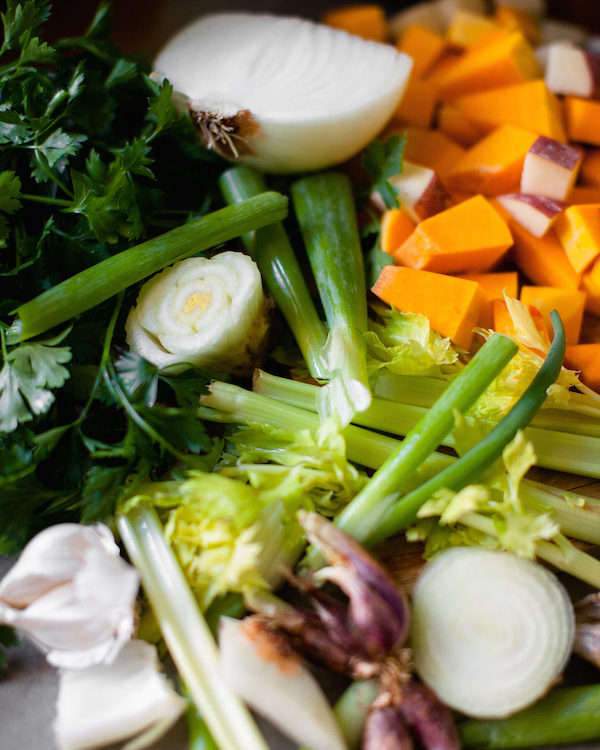
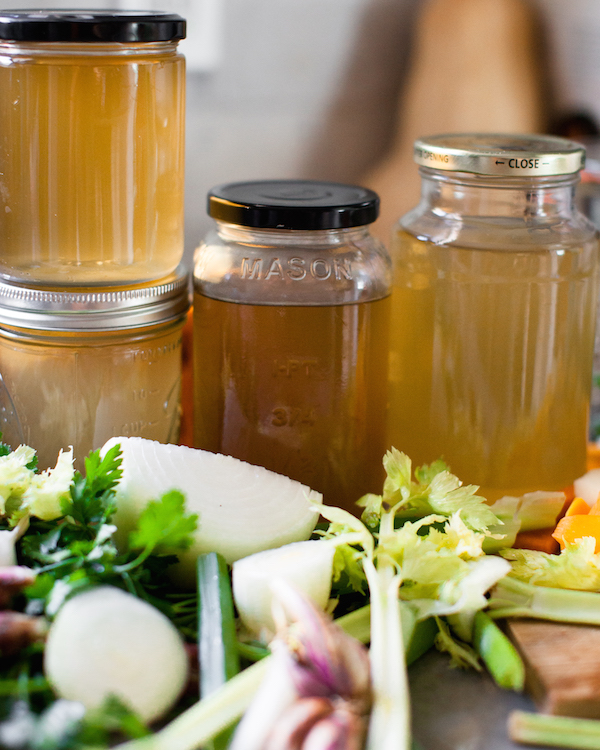

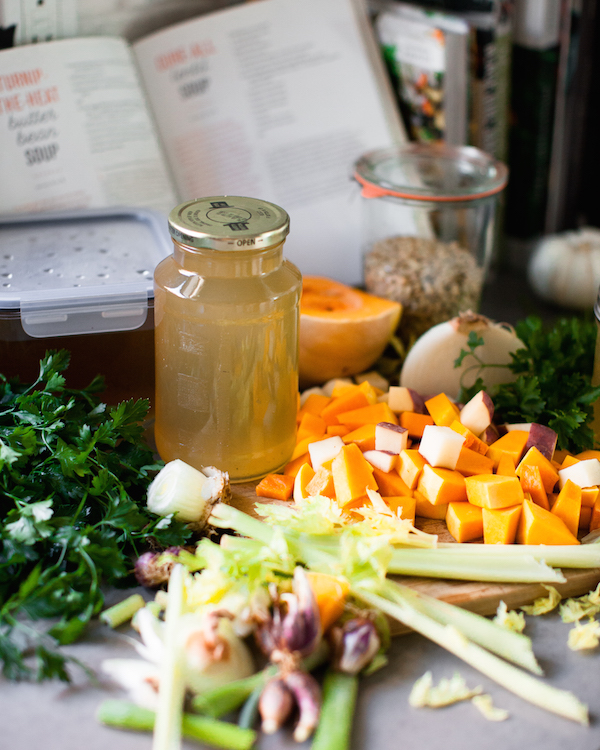
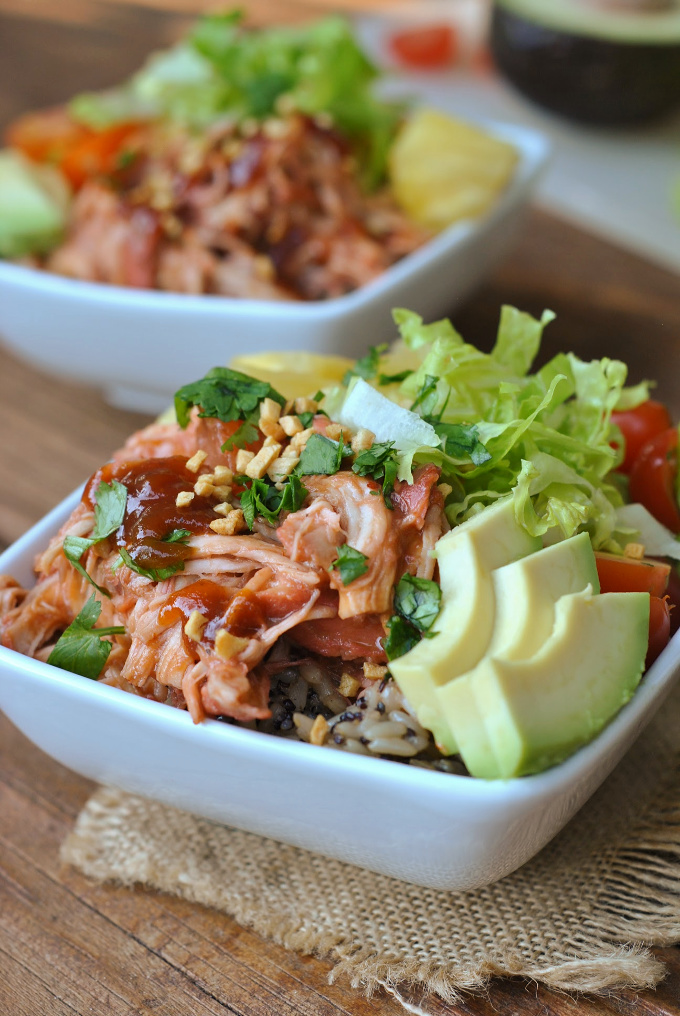 ‘
‘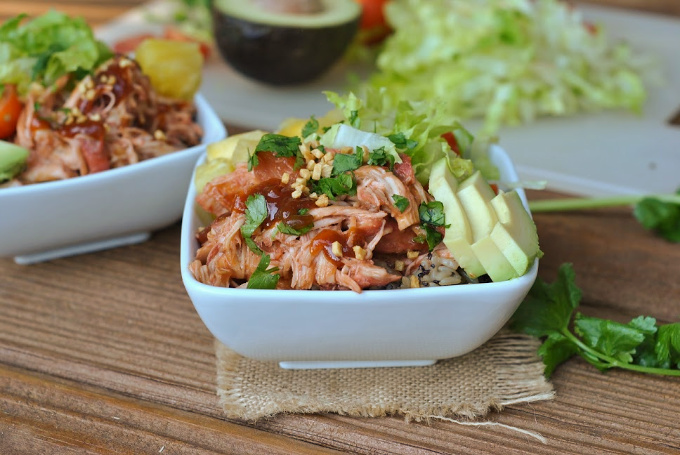
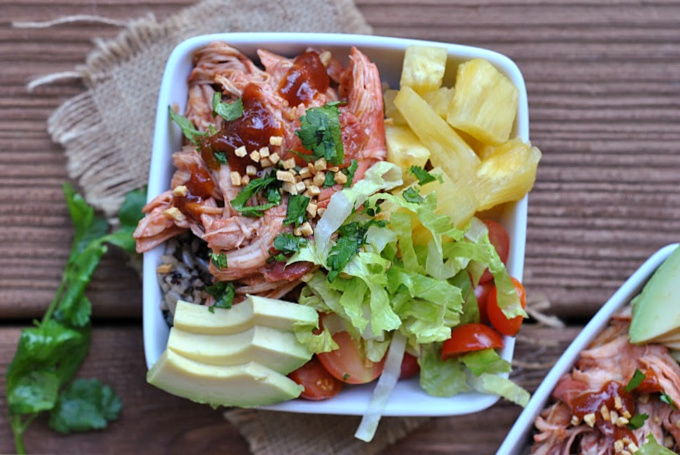
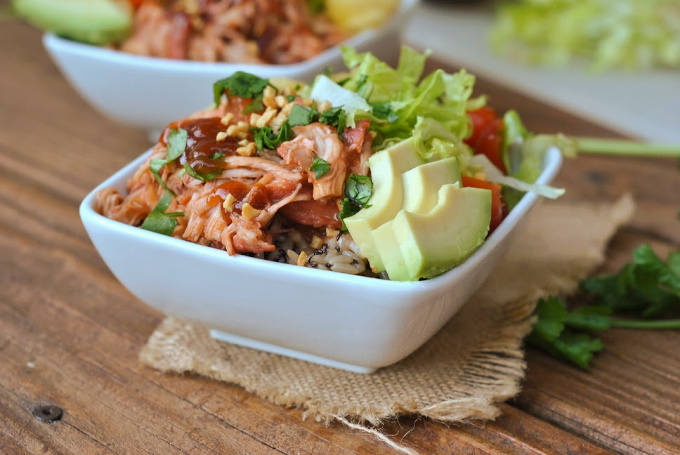


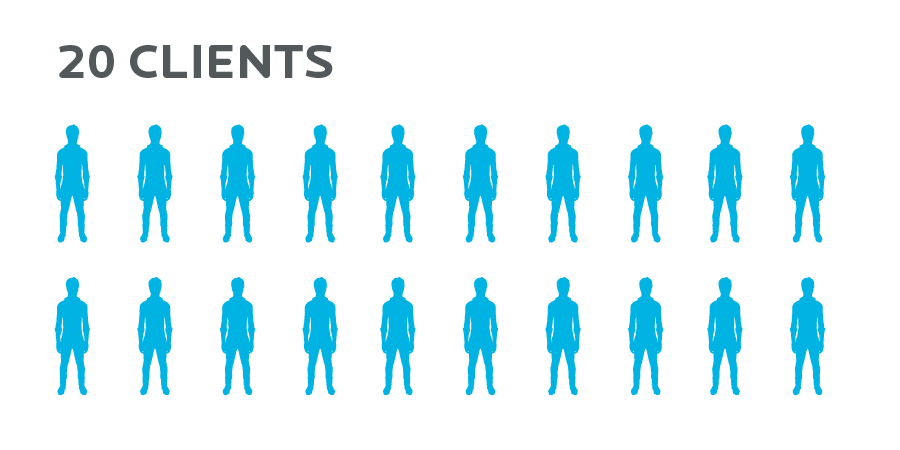
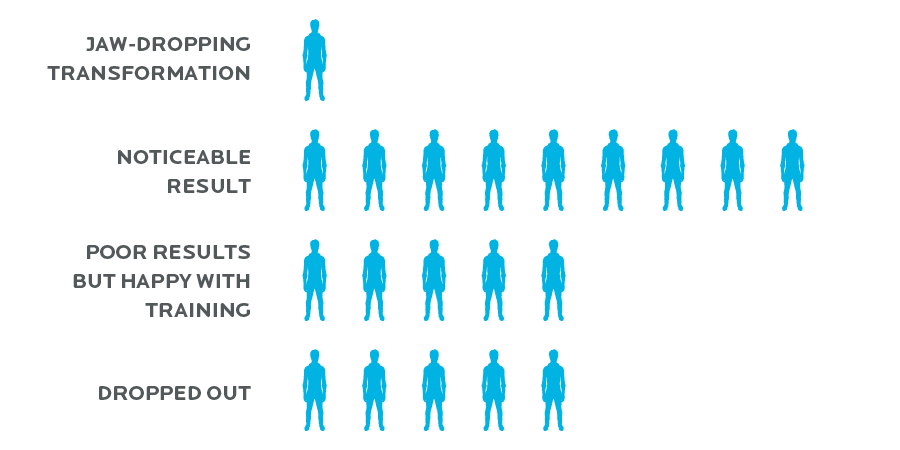
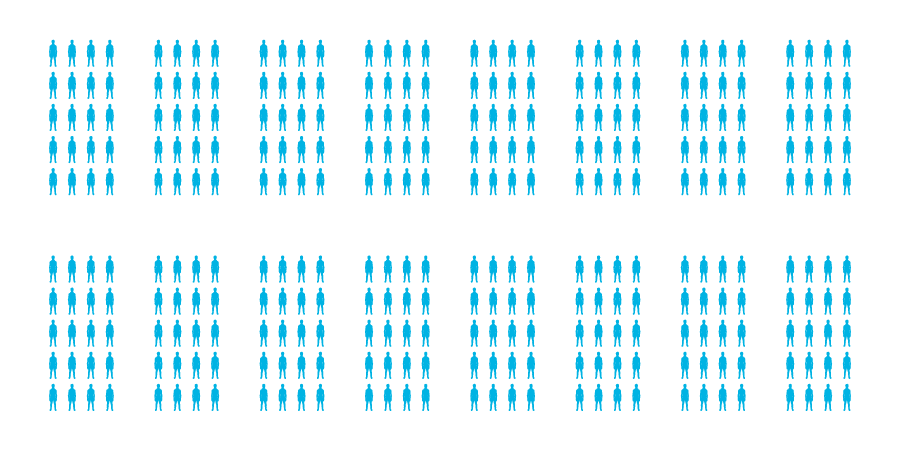

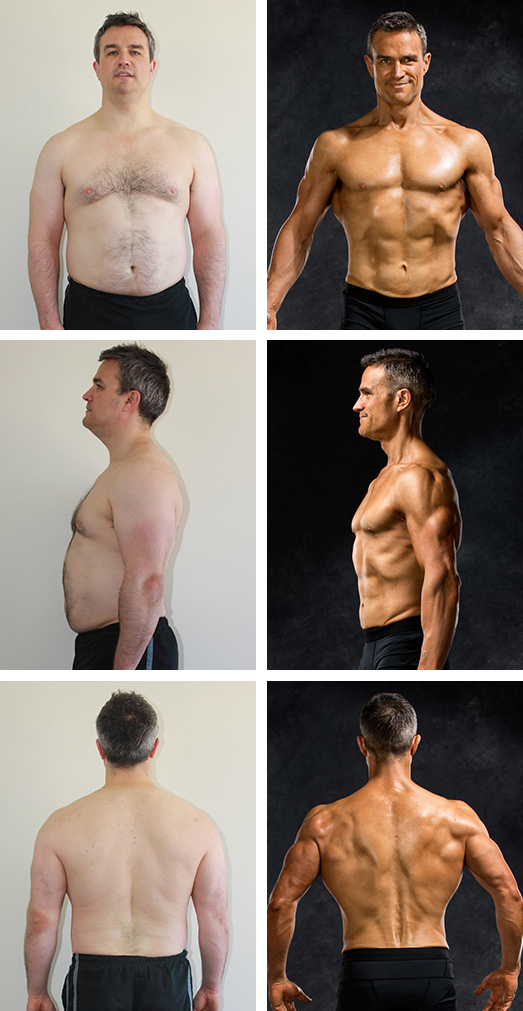
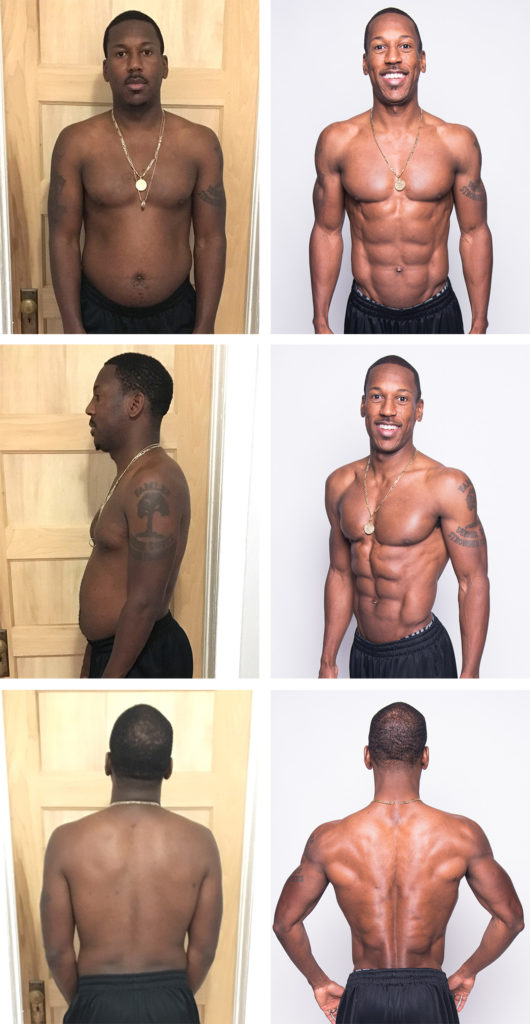
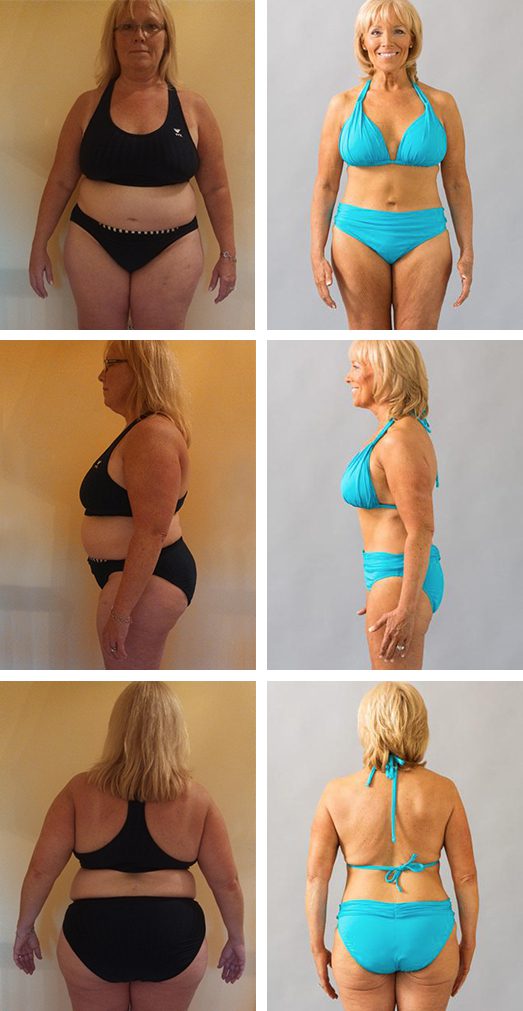
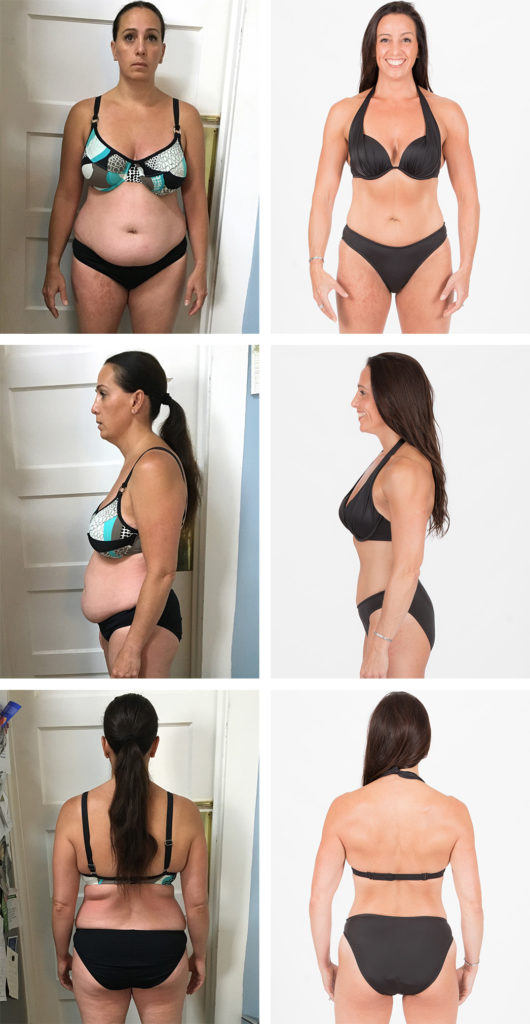
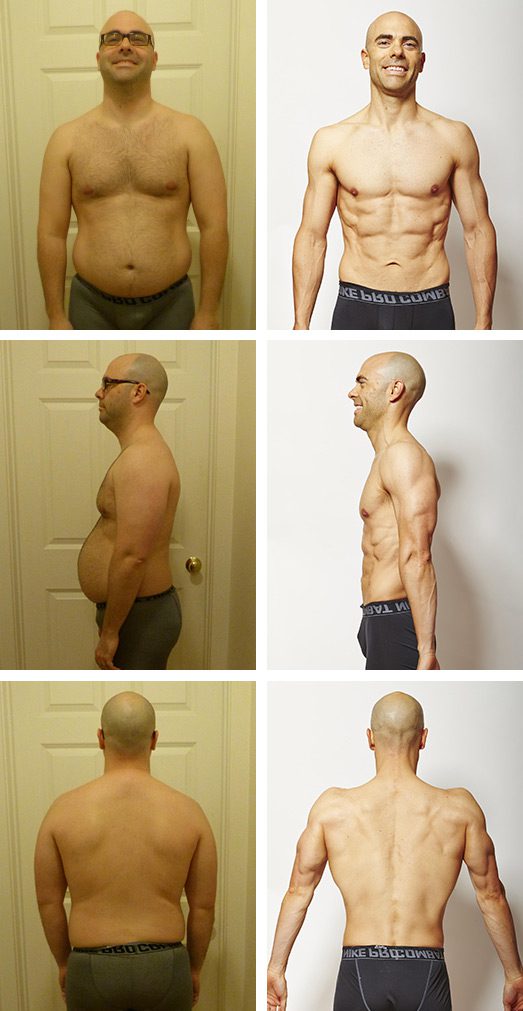


 Crockpot season is here and it’s time to start making all of your favorite healthy slow cooker recipes! In this post, we’ve rounded up some of the best healthy crockpot recipes from Fit Foodie Finds and other popular food-based websites on the Interwebs. We know that you guys love your ...
Crockpot season is here and it’s time to start making all of your favorite healthy slow cooker recipes! In this post, we’ve rounded up some of the best healthy crockpot recipes from Fit Foodie Finds and other popular food-based websites on the Interwebs. We know that you guys love your ... These pumpkin pie bars are the perfect healthy dessert for any fall occasion! The crust is made from almond flour, warm fall spices, and maple syrup. These dairy-free pumpkin pie bars are healthy dessert bars are perfect for a healthy Thanksgiving dessert or if you’re just looking for a little ...
These pumpkin pie bars are the perfect healthy dessert for any fall occasion! The crust is made from almond flour, warm fall spices, and maple syrup. These dairy-free pumpkin pie bars are healthy dessert bars are perfect for a healthy Thanksgiving dessert or if you’re just looking for a little ...